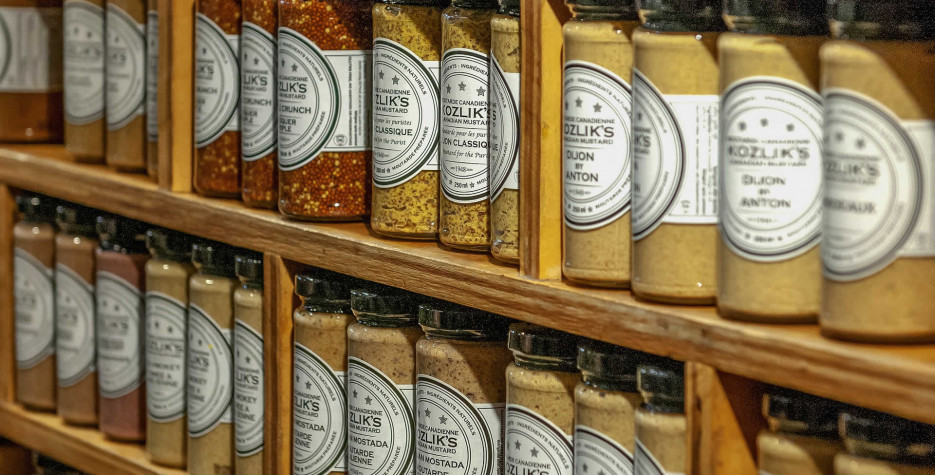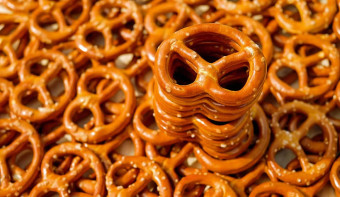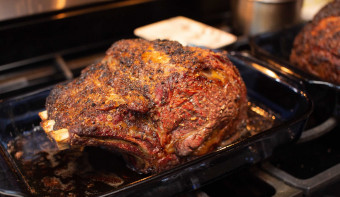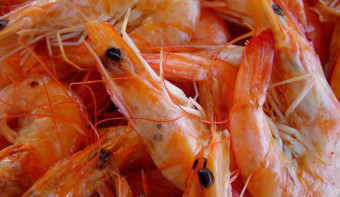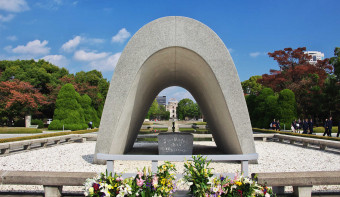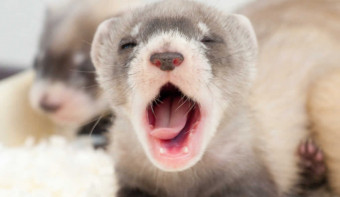About National Mustard Day
The First Saturday in August is National Mustard Day, and we're here to celebrate the deliciousness of this king of condiments!
There are all sorts of ways to enjoy mustard, from the classic yellow variety to the delicious spicy brown mustards. Whether you're a fan of hot dogs and hamburgers, or you prefer to add mustard to your sandwiches or salads, there's no doubt that this versatile condiment is a kitchen essential.
So today, we're paying tribute to this humble but beloved sauce with some fun facts, recipes, and ideas for how to celebrate National Mustard Day.
History of National Mustard Day
National Mustard Day honors mustard, one of the world's oldest condiments, and its cultural importance in various cuisines. It originated in Middleton, Wisconsin, where Barry Levenson founded the National Mustard Museum. Levenson, a former assistant attorney general in Wisconsin, started the museum in 1992 after finding a jar of mustard while dealing with his favorite baseball team's loss.
The holiday began as a local event in 1991 when Levenson organized a mustard-themed festival to cope with his disappointment over the baseball team. This event slowly gained traction, attracting mustard fans from many places. In 1992, Levenson officially opened the National Mustard Museum, emphasizing Middleton’s link to mustard culture.
National Mustard Day has grown from a local celebration to a nationally recognized event, taking place on the first Saturday of August each year. It has become notable not only for its unique festivities but also for promoting mustard appreciation and culinary diversity.
History of Mustard
Did you know that mustard has been around since the early days of civilization? It has been used as a cooking and medicinal condiment for thousands of years, and is believed to have originated in India.
It was once a sign of wealth and prosperity. It was even used as currency on the island of Malta.
The Greeks and Romans are believed to be the first to use mustard seeds as a condiment, and mustard was mentioned in the ancient Egyptian Ebers Papyrus.
In the 13th century, mustard was used as a method of preservation for meat dishes, as it prevented the meat from spoiling. In the early 1400s, mustard was used as a medicine to treat a variety of ailments.
Types of Mustard
Classic Yellow Mustard
Classic yellow mustard is a smooth, tangy and creamy sauce made with ground mustard seeds, vinegar, salt, sugar and water. It is a traditional accompaniment to meat dishes and is often used as a sandwich spread.
Yellow mustard is available in both whole grain and refined. Yellow mustard is available in most grocery stores.
Brown Mustard
Brown mustard is a spicy and tangy sauce made with brown mustard seeds. It is similar to Dijon mustard, but it is spicier and it has a more complex flavor.
English Mustard
English mustard is a smooth, tangy and creamy sauce made with ground mustard seeds, vinegar, salt, sugar and water. It can be used in a variety of sandwiches, but it is most often used as a cooking and salad dressing.
English mustard is available in both whole grain and refined.
Red Mustard
Red mustard is a smooth, tangy and creamy sauce made with ground mustard seeds, vinegar, salt, sugar and water. It is a traditional accompaniment to meat dishes and is often used as a sandwich spread.
Red mustard is available in both whole grain and refined.
Dijon Mustard
Dijon mustard is a smooth, tangy and creamy sauce made with ground mustard seeds, vinegar, salt, sugar and water. It is similar to English mustard, but it is spicier and it has a more complex flavor.
Dijon mustard is available in both whole grain and refined.
Spicy Mustard
Spicy mustard is a smooth, tangy and creamy sauce made with ground mustard seeds, vinegar, salt, sugar and water. It is similar to English mustard, but it is spicier and it has a more complex flavor.
How is mustard made?
All kinds of mustard are made using the same basic recipe, but they are all made a little differently.
Mustard is made in a mustard press, which is a small machine that presses the mustard seeds into a liquid.
The liquid is then strained out, and the remaining seeds are ground into a smooth paste.
From there, it goes through a mill to make a smooth paste and a coarse paste.
From there, it is either bottled or canned for storage.
Similar Observances
Other Observances on August 6th 2025
Hiroshima Day
Read More
National Fresh Breath Day
Read More


